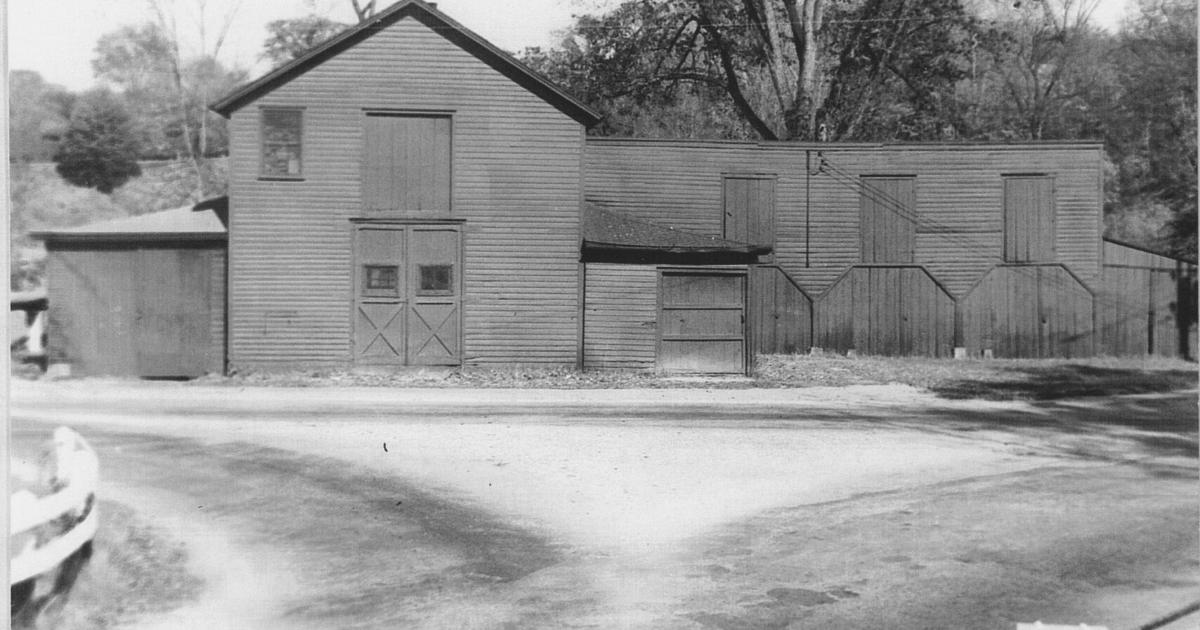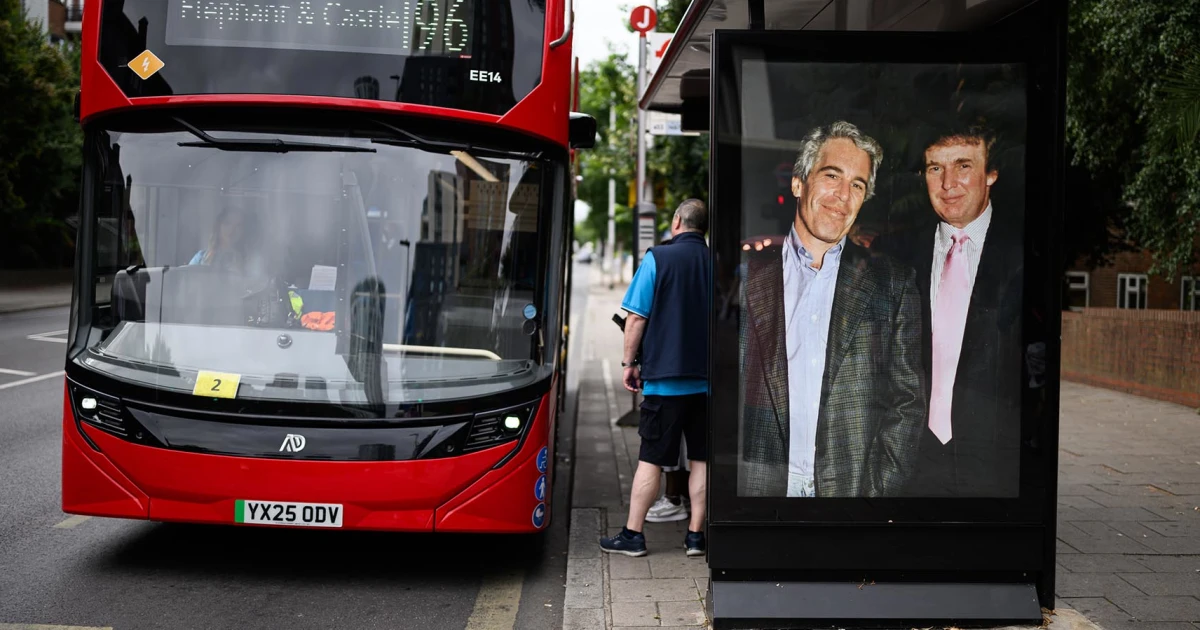Flansburg’s box shop in Dalton began building wooden crates in 1870 for Crane & Co. paper products
By By Bernard A. Drew
Copyright berkshireeagle

Business was idle — maybe it was a Sunday — when John McGarry stood at the old iron bridge and snapped a photo of the box factory at the foot of South Street in Dalton.
It was in the 1940s. The building played an important role in the growth of the papermaker Crane & Co. — supplying containers for paper products.
McGarry (1912-1988), a Crane employee for 45 years and very active in town affairs, documented a number of town landmarks now gone. His daughter, Gail A. Penna, gave me a print of this image a few years ago. Curious, I eventually dug into newspaper archives.
John W. Flansburgh (original spelling) opened a manufactory of wooden boxes for Crane & Co. in 1870. The woodworkers also provided containers for Carson & Brown at the Old Berkshire Mill. Saws and other equipment initially were powered by steam, later converting to electricity.
Flansburg (popular spelling) in a sideline in 1885 carpentered two double tenement houses on Crane Avenue, two barns on Zenas Crane’s Wahconah Farm and a piazza on the east end of the Crane mill.
In 1886, Flansburg (1830-1913), his contracting business growing, built the Union Block in Dalton, selling it within a few years to Z. & W.M. Crane, who built an addition.
Meanwhile, Willis C. Flansburg (1869-1937), the son of John and Julina (Vandenburg) Flansburg, took over in 1889 and carried on the box factory in 1889 for 48 years. An avid hunter and fisherman, Willis boasted in 1931 of hooking a 30-inch brown trout from the Hoosac River in North Adams. He had the fish mounted.
Both Flansburgs were charter members of the Dalton Rod and Gun Club. Willis was twice married, to Grace Groesbeck and, after her death, Jennie Randall.
W.M. Crane paid for a street lamp to be placed near Flansburg’s box shop in 1892. In 1896, a second bridge was built over the East Branch of the Housatonic River near the shop for the street railway that went from Pittsfield through Dalton to Hinsdale. In 1902, a plate girder bridge replaced the trolley span. In 1909 a pump was installed in the river to run a line to the box shop to supply the town’s street sprinkler. Crane mill owners paid for the installation.
United Construction of Albany erected a new iron highway span near the factory in 1904; the old bridge was shifted to a temporary abutments so traffic could continue during construction. Major repairs were made in 1949 and the new bridge was replaced in 1957.
Back to the box works. Laborers suffered numerous injuries on the job. Foreman Dexter Maynard severely cut his thumb on a buzz saw in 1883 and it had to be amputated. Donald Hardiman’s thumb was nearly severed by a circular saw in 1914. Rawlison Waltermire injured several fingers in 1926. In 1932, James Doyle fractured a leg when lumber fell on him in the storehouse.
Not all workers were men.
With temperatures topping 99 in the shade in 1913, two women in the box shop fainted. All the workers were sent home that day, except for the office force, which stayed for half a day.
Not all workers were humans.
In 1905, one of the workhorses that lugged wagonloads of boxes to the paper mill died overnight in its stall at the factory. “Probably no animal in town has contributed more toward the happiness of the children during the past years than has this one, as the ‘box shop team’ has in all kinds of weather been anxiously waited for by the little ones who have made it a practice to ride to and from the Craneville school building, and even the teachers have often taken advantage of the privileged offered. The animal was buried yesterday in the ‘Gulf,’ ” The Eagle said.
John Hardiman (1860-1940) was active with the business. He was superintendent of the Dalton Fire District and chief of the Dalton Volunteer Fire Department, as well as real estate agent for Crane and, from 1910 to 1936, superintendent of the Crane power plant.
A trained electrician, he also worked at times for Byron Weston Co. He coached the Dalton town baseball team. Married to Lulu Flansburg, as brother-in-law of Willis, Hardiman shared business responsibilities for several years.
Willis Hardiman left his employ with Pittsfield Electric Co. in 1908 and took over his father John’s role with the box factory.
It’s little surprise John Street, Willis Street and Flansburgh Avenue in Dalton bear the names of these industrialists.
There was a very active Eaton, Crane & Pike bowling league involving workers at the Dalton mills in the 1920s and ’30s. Teams had names such as Platers, Printers, Box Shop, Office, Building No. 2 and Building No. 12. Standings in October 1926, as an example, found the Box Shop bowlers at the top of the standings with 16 wins and four losses. That team included Grogan, Barstow, S. Warden, Killeen and Blel [sic].
What else went on in the mill?
The Berkshire Eagle in 1902 noted G.W. Ruton “is at work building a launch at the Flansburg & Hardiman box shop in Craneville. Mr. Ruton has built several boats during the past few years and two or three of them have been running on Pontoosuc lake the past season.”
A naphtha launch he built in 1899 had an engine made by G.J. Jordan, a machinist in the box factory.
Ruton (1853-1916), who came to Dalton in 1895, was one time overseer of the Dalton shoe factory. Later he operated a bus line. Besides motorboats he made iceboats. He also patented a device that could be a towel holder, garter clasp, necktie holder or man’s suspender attachment.
The red box shop was torn down in 1956.
“Its sturdy wood boxes are no longer needed in quantity, having given way to the cardboard package,” wrote correspondent Martin F. Glendon in this newspaper.
Part of the old shop became the front of the Dalton Outing Club, according to the correspondent. The Dalton Outing Club, started in 1941 by Albert V. Hanson in the Irving House, was moved to Daly Avenue by John Daly, was taken over by his brother Peter and was sold to Franklin J. (Bus) Quinn in 1964.
Zinky’s Pub, as best I can tell, is on that location today.



